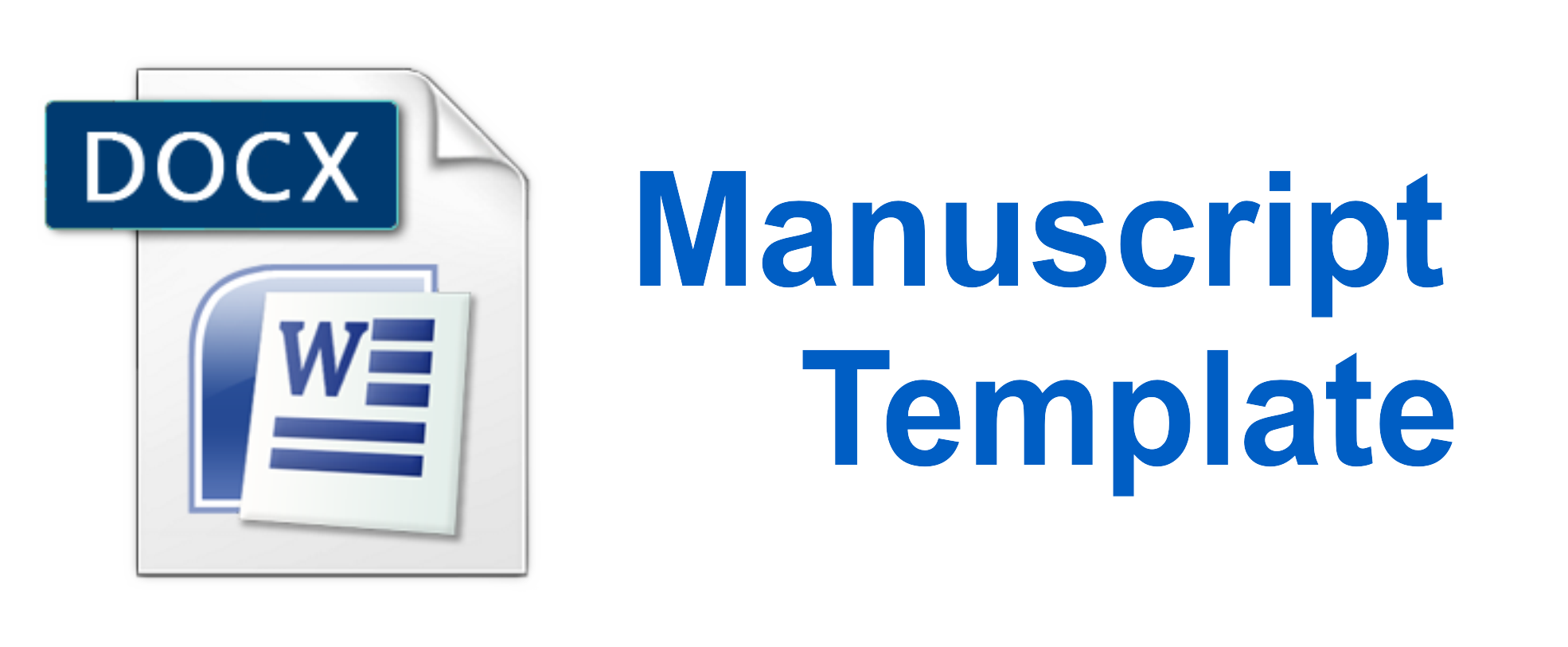Analysis of Employee Communication Ethics on The Performance of The Personnel Bureau of The General Secretary of The Ministry of Defense of The Republic of Indonesia
DOI:
https://doi.org/10.47353/lawpass.v1i2.17Keywords:
verbal communication, nonverbal communication, communication ethicsAbstract
The purpose of this research is to analyze the communication ethics of employees in the Directorate of Personnel Bureau of the Ministry of Defence of the Republic of Indonesia verbal communication, to analyze the communication ethics of employees in the Directorate of Personnel Bureau of the Ministry of Defence of the Republic of Indonesia in using nonverbal communication, and to analyze the application of communication ethics through the principles of communication ethics of employees in the Directorate of Personnel Bureau of the Ministry of Defence of the Republic of Indonesia. The method used is descriptive qualitative. Data were obtained through interviews and observations with Civil Servants (ASN) and military personnel related to this research in the Directorate of Personnel Bureau of the Ministry of Defence. The results show that (1) Employees' practice of communication ethics in the Directorate of Personnel Bureau of the Ministry of Defence of the Republic of Indonesia positively influences verbal communication, creating a harmonious work environment with polite, clear, and respectful language, and demonstrating integrity. This ethics is also evident through online media practices, strengthening effective communication and shaping a productive and ethical work environment. (2) Nonverbal communication ethics in the Directorate of Personnel Bureau of the Ministry of Defence of the Republic of Indonesia maintain integrity, credibility, and respect for ethical principles through body gestures and attitudes crucial for an efficient, harmonious work environment in line with ethical principles. Training and adaptation to workplace norms support awareness of body language and nonverbal expression, strengthening understanding of communication ethics. (3) The application of communication ethics in the Directorate of Personnel Bureau of the Ministry of Defence of the Republic of Indonesia positively impacts organizational culture, integrity, and public trust. Employees can build an inclusive, transparent, and accountable work culture by adhering to ethical principles in daily interactions, supporting organizational integrity, and positive stakeholder relations. Communication plays a vital role in organizations, especially in the Directorate of Personnel Bureau of the Ministry of Defence of the Republic of Indonesia.
Downloads
References
Abidin, K., & Wandi, W. (2023). Communication Ethics between Students and Lecturers in Academic Interaction through Digital Media. MEDIALOG: Journal of Communication Science, 6(1), 47-61.
Agung, A. F. (2023). Effectiveness of Organizational Communication in Resolving Right of Reply News in Public Relations Section of Bekasi City Regional Secretariat. DECISION: Journal of Public Administration, 5(01), 30-44.
Aprilia, I. A. (2022). The Role of Government Communication in Realizing Good Governance Through Public Services. Communication, 13(1), 70-85.
Banks, S. (2015). The Role of Nonverbal Communication in Workplace Interactions. Journal of Business Communication, 52(2), 223-245. doi:10.1177/0021943614561653. Pease, A., & Pease, B. (2004). The definitive book of body language. Bantam Books. Jones, T., & LeBaron, M. (2002). Resolving Workplace Conflict: Four Ways to a Win-Win Solution. Wiley.
Civil Servant Code of Ethics of the Republic of Indonesia. Government Regulation Number 53 of 2010.
DR HA Rusdiana, M. M. (2021). Organizational Communication Ethics: Philosophy, Concepts and Applications. Uin Sgd Bandung Research and Publishing Center.
Effendhie, M. (2011). Introduction to Organization. Organizational Governance and Archives, 1-90.
Ekman, P. (1973). Cross-cultural studies of facial expression. Darwin and facial expression: A century of research in review, 169-222.
Fahmi, R. F. (2022). Communication Strategy of Civil Service Agency and Human Resource Development in Digitalization of Civil Servant Promotion Services. Peurawi Journal: Islamic Communication Study Media, 5(1), 63-100.
Febianti, F. (2020). The Role of Public Relations in Organizational Communication in Libraries. Journal of Librarianship Studies Volume 2, 79-94.
Guidelines for the Implementation of Pancasila Values in the Ministry of Defense. Ministry of Defense of the Republic of Indonesia.
Hall, E. T. (1966). The hidden dimension.
Karina, Y., & Rustiana, A. (2019). Application of Communication Ethics in Preparing Professionalism in the World of Work. Economic Education Analysis Journal, 8(1), 389-403.
KM, I. S. (2020). Ethics and Health Behavior. Absolute Media.
Kurniati, M. (2022). Analysis of Civil Servant Communication Style of Millennial Generation in State Civil Service Agency. Civil Service Journal, 16(2 Nov), 56-76.
Matsumoto, D., Keltner, D., Shiota, M. N., Frank, M. G., & O'Sullivan, M. (2008). Facial expressions of emotion. Handbook of emotions, 211-234.
Mehrabian, A. (1971). Silent messages. Wadsworth.
Muchtar, M., Hermana, D., Hanifah, H. S., & Anggraeni, W. A. (2023). The Role of Government Communication Media and Bureaucratic Behavior in Public Services (Study in Tarogong Kaler District, Garut). Professional: Journal of Communication and Public Administration, 10(1), 179-188.
Nasrullah, N., Askolani, A., & Sutrisna, A. (2023). The Influence of Organizational Communication on Employee Performance: (Census of Employees of PT Nata Bersaudara Sejahtera). Mufakat: Journal of Economics, Management and Accounting, 2(5), 212-223.
rahmadaniah. (2014). Employee Communication Ethics in Providing Services to Customers at PT. Globalindo 21 Express Samarinda Branch. eJournal of Communication Science, 353-369.
Solomon, R. C. (1992). Corporate Roles, Personal Virtues: An Aristotelean Approach to Business Ethics. Business Ethics Quarterly, 2(3), 317-339.
Sugiyono, S. (2016). Quantitative, qualitative, R&D research methods. Bandung: Alfabeta.
The 1945 Constitution of the Republic of Indonesia.
Treviño, L. K., & Brown, M. (2005). Ethical Decision Making in Organizations: A Person-Situation Interactionist Model. Academy of Management Review, 30(4), 715-734.
Ulya, E. D., Saleh, A., & Priatna, W. B. (2016). Application of Interpersonal Communication Ethics to IPB Diploma Program Students. Journal of Development Communication, 14(1).
Utama, D. Z. M., & SE, M. (2020). Human Resource Management: Basic Concepts and Theories. UNJ PRESS.
Wiryanto. (2004). Introduction to Communication Science. Publisher PT Gramedia Widiasarana Indonesia.
Yasir. (2020). Introduction to Communication Science: A Critical and Comprehensive Approach. Yogyakarta: CV BUDI UTAMA.
Downloads
Published
How to Cite
License
Copyright (c) 2024 Wilogo Siwi Pamungkas, Elis Yulianti

This work is licensed under a Creative Commons Attribution 4.0 International License.









